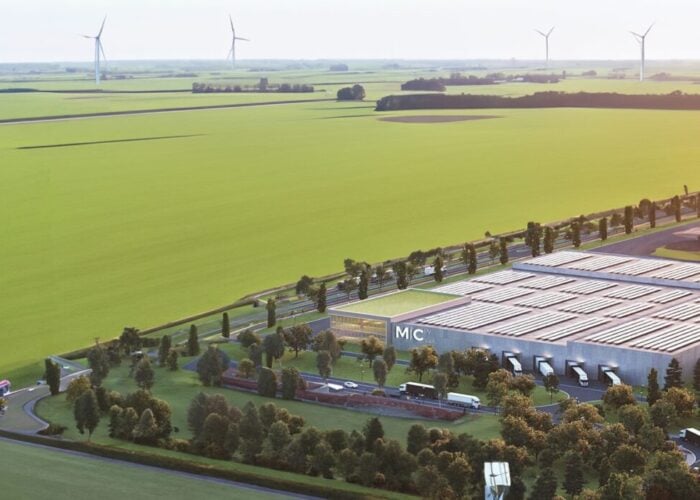Solar developers in the UK are being forced to put workers at risk in order to connect projects before a reduction in large-scale solar subsidy next month, a leading developer has warned.
The recent spate of flooding to hit the UK has rendered a number of solar farm sites unworkable. However, the current structure of the UK’s main mechanism for large-scale solar support, the Renewable Obligation Certificate(ROC), means that developers need to connect a completed solar farm to the grid by 31 March in order to claim the higher rate.
Try Premium for just $1
- Full premium access for the first month at only $1
- Converts to an annual rate after 30 days unless cancelled
- Cancel anytime during the trial period
Premium Benefits
- Expert industry analysis and interviews
- Digital access to PV Tech Power journal
- Exclusive event discounts
Or get the full Premium subscription right away
Or continue reading this article for free
“I don’t think there are any people constructing solar farms who aren’t in swamp-like conditions at the moment,” said Jonathan Selwyn, chief executive of Lark Energy’s, developer of what is currently the UK's largest operational PV power plant, Wymeswold.
Speaking to PV Tech, Selwyn explained that, of the eight projects Lark Energy is currently working on for the ROC deadline, two are extremely doubtful because the developer cannot physically get to the site due to the flooding.
The problem has been further exacerbated by last year’s anti-dumping investigation which effectively delayed a number of projects while they waited for the outcome of the European Commission’s investigation.
However, Selwyn said he was particularly concerned about the risk to workers battling to complete projects on water-logged ground. He said: “I hope I am representing all of the industry when I say there is a concern we’re pushing the sub-contractors in a way which can lead to accidents, because the conditions are absolutely appalling.
“It’s not like this is a whim; all of us are on site building these things and desperately trying to connect by March. But it’s not fully within our control; it’s unprecedented weather we’re seeing. We would like to see some flexibility. It’s not that difficult. And what difference would it make to DECC [the UK energy department] and Ofgem [the UK energy regulator] if they gave us a stay of execution? None at all.”
The UK’s Solar Trade Association (STA) is also pushing for an extension and looking for information on further developers affected by the floods. According to the association’s PV specialist, Ray Noble, there is precedent for such a move.
He told PV Tech: “Last year when we had some bad weather at the end of March, DNOs [distribution network operators] were able to give a grace period. I’ve just been talking to [DNO] Western Power and they are not allowed to give a grace period this year – or they’ve been given no instruction to [offer an extension], put it that way.”
But the Department of Energy and Climate Change has so far ruled out any extension. A spokesperson for the department told PV Tech that last year’s grace period was only intended for projects that had been unable to commission in time because of delays to grid connection or delays to radar upgrades, two distinct circumstances that were felt to be outside of normal business risks.
“To take advantage of the higher ROC rate, large-scale solar developers must accredit their stations with Ofgem by 31 March. There is no extension,” the spokesperson said.
Additional reporting by Ben Willis
A special report investigating the effects of the flooding on large-scale PV developers will feature in the upcoming edition of Solar Business Focus UK, due to be published next week. Register for your copy here.






